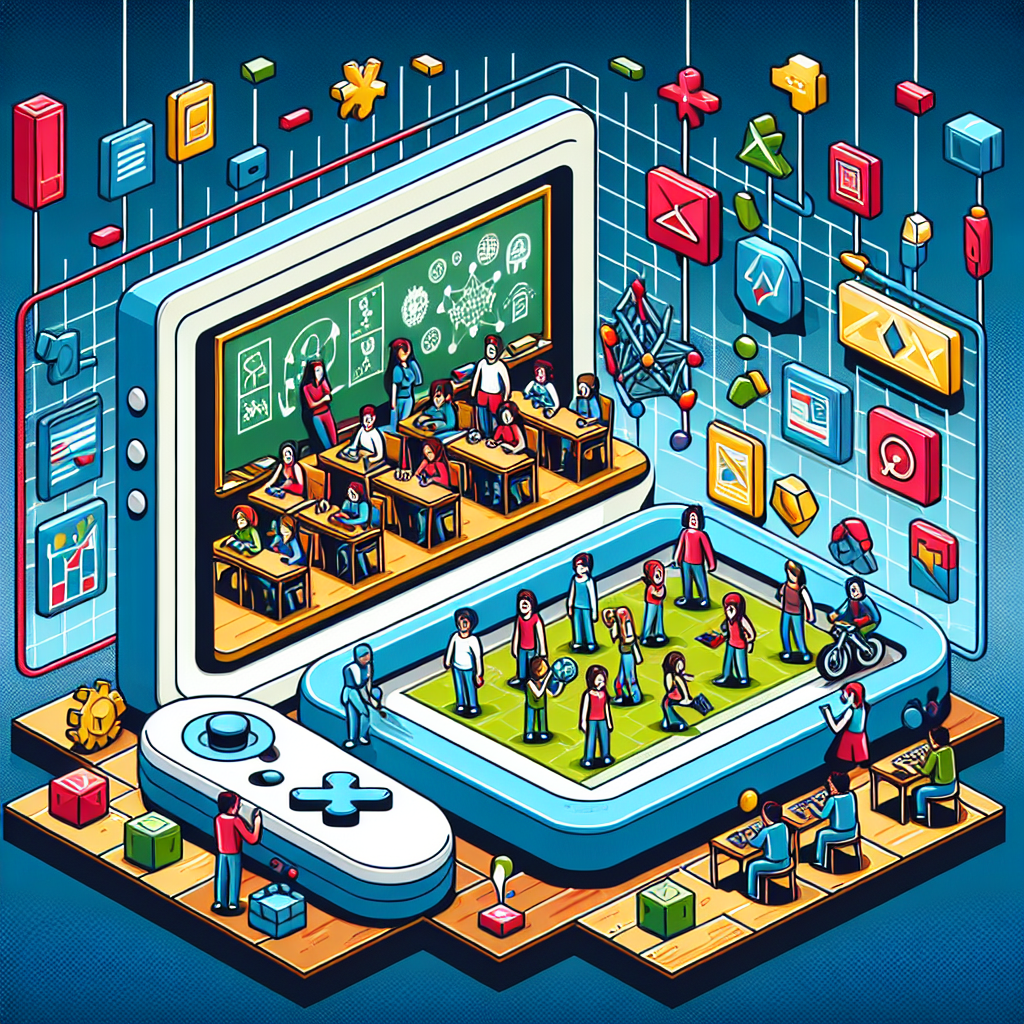Your cart is currently empty!
Tag: NVIDIA autonomous vehicles
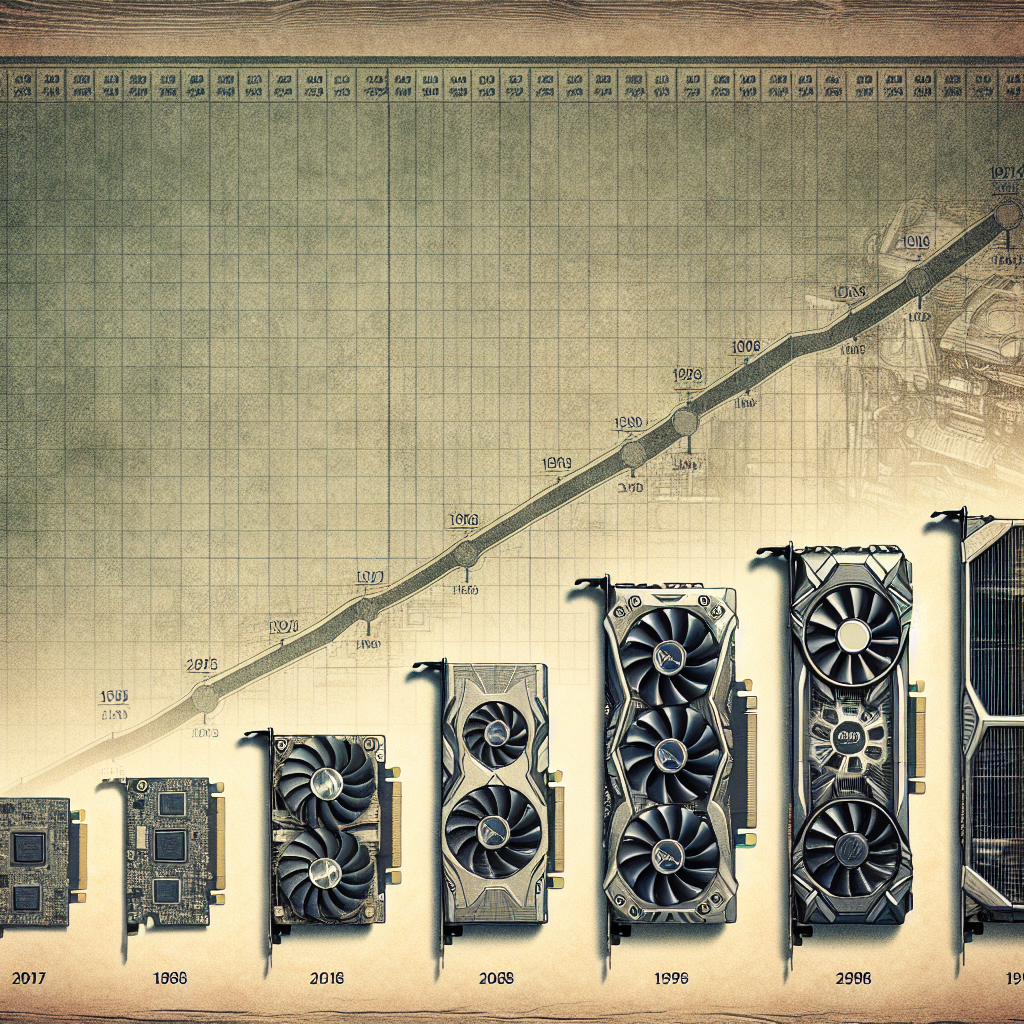
The Evolution of Quadro: A Look Back at NVIDIA’s Graphics Card Lineup
NVIDIA has been a leading player in the graphics card market for decades, consistently pushing the boundaries of performance and innovation. The company’s Quadro lineup, specifically designed for professional workstations and high-performance computing, has seen significant evolution over the years.The first Quadro graphics card was released in 2000, based on NVIDIA’s GeForce 256 GPU architecture. It offered enhanced 3D performance and stability for professional applications such as CAD/CAM, digital content creation, and scientific visualization. Over the years, NVIDIA continued to refine and improve the Quadro lineup, introducing new technologies and features to meet the demands of a rapidly evolving industry.
One of the key milestones in the evolution of Quadro was the introduction of CUDA (Compute Unified Device Architecture) in 2006. This parallel computing platform and programming model allowed developers to harness the power of NVIDIA GPUs for general-purpose computing tasks, opening up new possibilities for high-performance computing and scientific research.
In 2012, NVIDIA introduced the Kepler architecture, which brought significant performance improvements and power efficiency to the Quadro lineup. The Kepler-based Quadro cards offered improved graphics performance, enhanced compute capabilities, and support for advanced features such as 4K resolution and multiple display outputs.
The Maxwell architecture, released in 2014, further refined the Quadro lineup with improved performance, power efficiency, and support for new technologies such as NVIDIA’s VRWorks. This allowed professionals to create and interact with virtual reality content with ease, opening up new opportunities for industries such as architecture, engineering, and entertainment.
In 2016, NVIDIA introduced the Pascal architecture, which brought unprecedented levels of performance and efficiency to the Quadro lineup. The Pascal-based Quadro cards offered unmatched performance for demanding workloads such as deep learning, artificial intelligence, and virtual reality, making them the go-to choice for professionals in industries such as automotive, healthcare, and finance.
Today, NVIDIA continues to push the boundaries of graphics performance and innovation with its latest Quadro lineup based on the Turing architecture. The Turing-based Quadro cards offer real-time ray tracing capabilities, advanced AI features, and unparalleled performance for professional applications such as content creation, scientific research, and data analysis.
As technology continues to evolve, NVIDIA’s Quadro lineup will undoubtedly continue to push the boundaries of what is possible in professional graphics and computing. With each new generation of Quadro cards, professionals can expect even greater levels of performance, efficiency, and innovation to help them unleash their creativity and achieve their goals.

Seeing is Achieving: How Visualization Can Transform Your Mindset and Life
Seeing is Achieving: How Visualization Can Transform Your Mindset and LifeVisualization is a powerful tool that can help you achieve your goals and transform your mindset. By visualizing yourself achieving your goals, you can create a clear mental image of what success looks like and increase your motivation to make it a reality.
Research has shown that visualization can have a significant impact on performance and success in various areas of life, including sports, business, and personal development. Athletes, for example, often use visualization techniques to mentally rehearse their performances and improve their skills. By envisioning themselves succeeding, they can boost their confidence and focus, leading to better results on the field or court.
In business, visualization can help entrepreneurs and professionals set and achieve their goals. By visualizing their desired outcomes, they can create a roadmap for success and stay focused on their objectives. This can help them overcome obstacles and setbacks, as they have a clear vision of where they want to go and how to get there.
In personal development, visualization can be a powerful tool for transforming your mindset and achieving personal growth. By visualizing yourself as the person you want to become, you can align your thoughts, feelings, and actions with your goals and values. This can help you overcome self-limiting beliefs and negative thinking patterns, leading to a more positive and empowered mindset.
To practice visualization, find a quiet and comfortable space where you can relax and focus on your goals. Close your eyes and imagine yourself achieving your goals in vivid detail. Visualize the sights, sounds, and feelings associated with your success, and immerse yourself in the experience as if it were happening in real life.
As you practice visualization regularly, you will start to notice changes in your mindset and behavior. You may feel more motivated and confident in pursuing your goals, and you may find it easier to overcome challenges and setbacks. By visualizing your success, you can create a powerful mental blueprint for achieving your goals and transforming your life.
In conclusion, visualization is a powerful tool that can help you achieve your goals and transform your mindset. By creating clear mental images of success and focusing on your desired outcomes, you can increase your motivation, confidence, and focus. Whether you are an athlete, entrepreneur, or personal development enthusiast, visualization can help you reach your full potential and create the life you desire. So start visualizing your success today and see how it can transform your mindset and life.
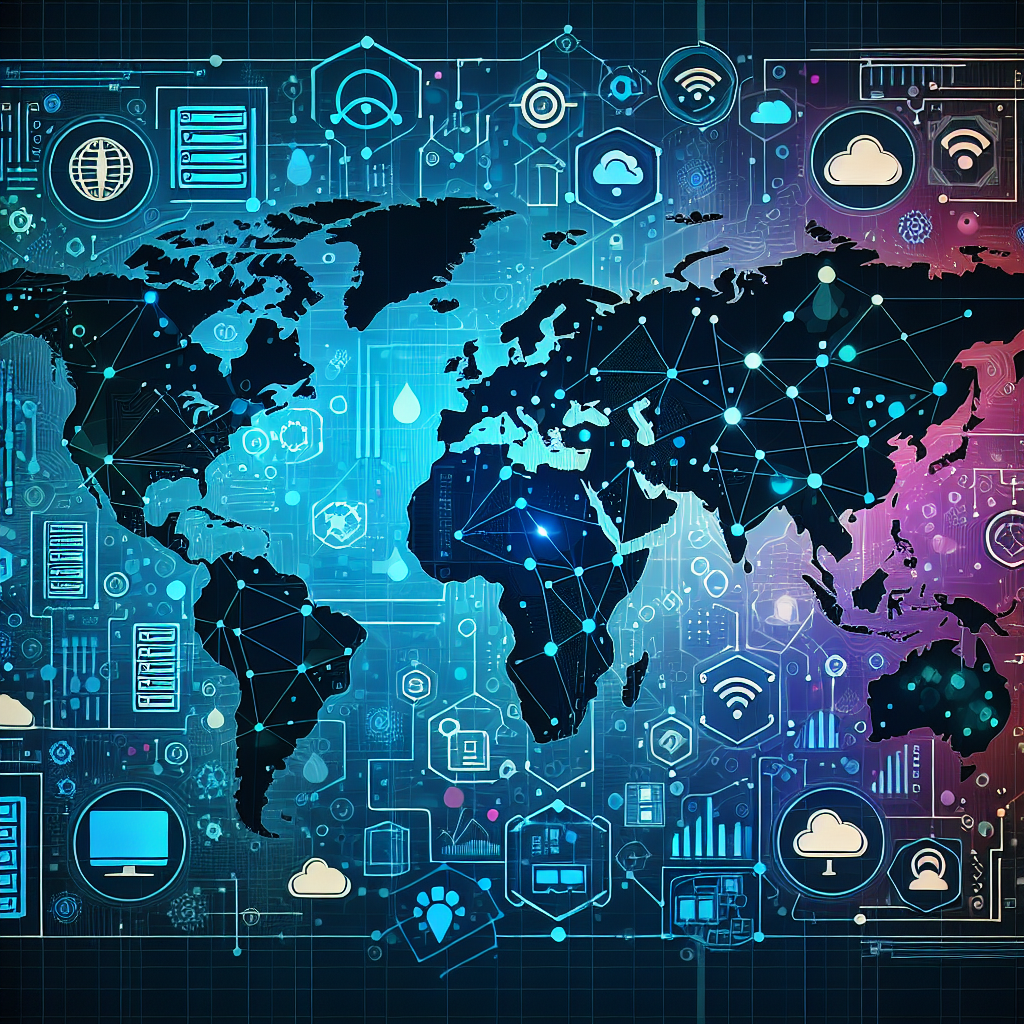
Enhancing Connectivity: The Role of DRIVE Platform in a Connected World
In today’s digital age, connectivity has become a crucial aspect of our daily lives. From staying in touch with loved ones to conducting business transactions, being connected to the internet has become a necessity rather than a luxury. With the rise of smart devices and the Internet of Things (IoT), the demand for seamless connectivity has only grown.One platform that is playing a pivotal role in enhancing connectivity in our connected world is the DRIVE platform. Developed by NVIDIA, the DRIVE platform is specifically designed for autonomous vehicles and aims to revolutionize the way we travel. However, its impact goes beyond just self-driving cars.
The DRIVE platform is built on NVIDIA’s cutting-edge technology, including powerful GPUs and AI algorithms, to provide a comprehensive solution for autonomous driving. By leveraging this platform, automakers and developers can create advanced driver-assistance systems, intelligent cockpits, and autonomous vehicles that are safer, more efficient, and more connected than ever before.
One of the key features of the DRIVE platform is its ability to process massive amounts of data in real-time. This is crucial for autonomous vehicles, which rely on sensors and cameras to navigate safely on the road. By using deep learning algorithms, the DRIVE platform can analyze this data quickly and make split-second decisions to ensure the safety of passengers and pedestrians.
Furthermore, the DRIVE platform also enables vehicles to communicate with each other and with roadside infrastructure through V2X (Vehicle-to-Everything) technology. This connectivity allows vehicles to share information about road conditions, traffic patterns, and potential hazards, creating a more efficient and safer driving experience for everyone on the road.
Beyond autonomous vehicles, the DRIVE platform has the potential to enhance connectivity in other industries as well. For example, the platform can be used to power smart cities, where interconnected devices and sensors can improve traffic flow, reduce energy consumption, and enhance public safety. By leveraging the power of the DRIVE platform, cities can become more sustainable, resilient, and efficient.
In conclusion, the DRIVE platform is playing a crucial role in enhancing connectivity in our connected world. By leveraging advanced technology and AI algorithms, the platform is revolutionizing the way we travel and interact with our environment. As we continue to embrace the digital age, platforms like DRIVE will be instrumental in creating a more connected and efficient world for all.
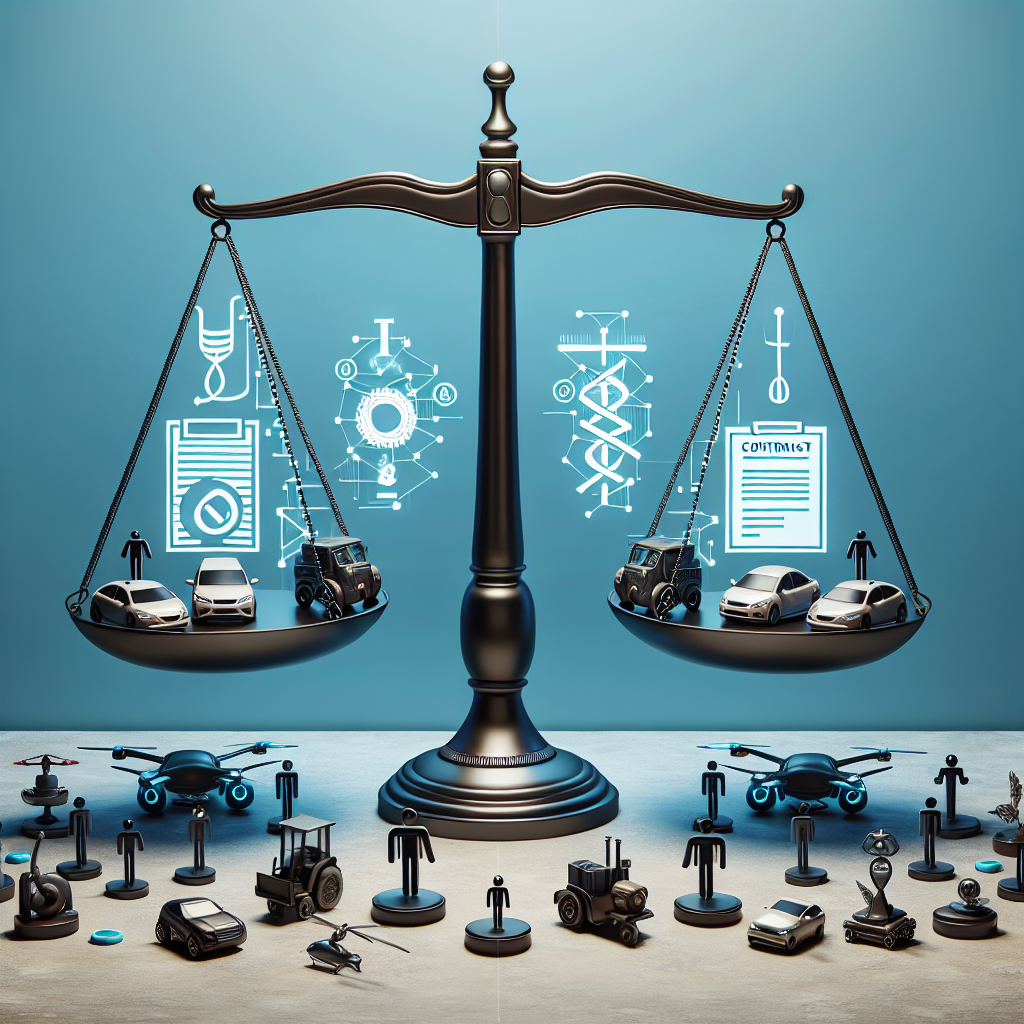
The Ethical Dilemma of Autonomous Vehicles: Balancing Innovation and Responsibility
Autonomous vehicles, also known as self-driving cars, have been hailed as the future of transportation. With the potential to increase road safety, reduce traffic congestion, and improve fuel efficiency, it’s no wonder that companies like Tesla, Google, and Uber are investing heavily in this technology. However, as autonomous vehicles become more prevalent on our roads, they bring with them a host of ethical dilemmas that must be addressed.One of the biggest ethical dilemmas surrounding autonomous vehicles is the issue of responsibility. In the event of an accident involving an autonomous vehicle, who is to blame? Is it the manufacturer of the vehicle, the software developer, the owner of the vehicle, or the government that regulates the technology? This question becomes even more complex when you consider that autonomous vehicles are programmed to make split-second decisions that can have life or death consequences.
For example, imagine a scenario where an autonomous vehicle is driving down the road and suddenly a pedestrian steps out in front of it. The car has to make a decision: swerve to avoid the pedestrian and potentially crash into a parked car, or stay on course and hit the pedestrian. Who should the car prioritize in this situation, the pedestrian or the occupants of the car? And who should be held responsible if the decision leads to harm?
Another ethical dilemma of autonomous vehicles is the issue of privacy. These cars are equipped with an array of sensors and cameras that collect vast amounts of data about their surroundings and the people inside them. This data can be used to improve the performance of the vehicle, but it also raises concerns about invasion of privacy. Who owns this data, and how should it be protected from misuse?
Furthermore, there are concerns about the impact of autonomous vehicles on jobs. As more and more tasks are automated, there is a real possibility that millions of people who depend on driving for their livelihoods could be left unemployed. How can we ensure that the benefits of autonomous vehicles are distributed equitably, and that those who are affected by this technological shift are not left behind?
In order to address these ethical dilemmas, there needs to be a balance between innovation and responsibility. Manufacturers of autonomous vehicles must prioritize safety and transparency in their development process, and regulators must establish clear guidelines for how these vehicles should operate on our roads. Additionally, there needs to be a broader conversation about the ethical implications of autonomous vehicles, involving stakeholders from government, industry, and the public.
Ultimately, the ethical dilemmas of autonomous vehicles are complex and multifaceted. As this technology continues to advance, it’s crucial that we approach it with a sense of responsibility and foresight, in order to ensure that the benefits of autonomous vehicles are realized without compromising our values and principles.
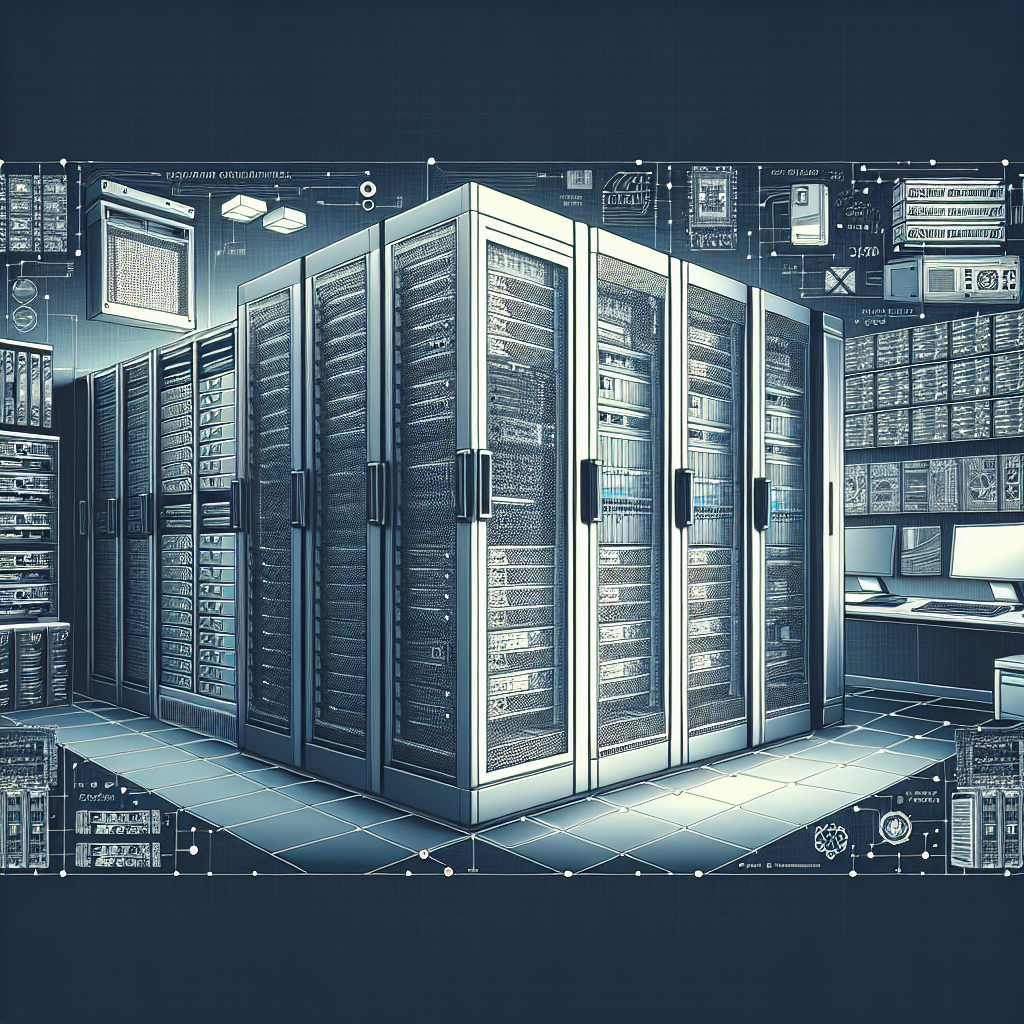
The Importance of Data Center Reliability and Redundancy
Data centers play a crucial role in today’s digital world, serving as the backbone for storing, processing, and managing vast amounts of data. With the increasing reliance on technology and the rise of cloud computing, the importance of data center reliability and redundancy cannot be overstated.Reliability is a key factor in ensuring that data centers can operate efficiently and effectively without downtime. Downtime can be costly for businesses, leading to lost revenue, decreased productivity, and damage to their reputation. Therefore, data center operators must prioritize reliability by implementing robust infrastructure, regular maintenance, and monitoring systems to ensure continuous operations.
Redundancy is another critical aspect of data center operations, as it provides backup systems and resources in case of failures or emergencies. Redundancy can take many forms, including backup power supplies, cooling systems, network connections, and storage devices. By having redundant systems in place, data centers can minimize the risk of downtime and ensure uninterrupted service for their clients.
In addition to reliability and redundancy, data centers must also prioritize security to protect sensitive data from cyber threats and unauthorized access. Security measures such as firewalls, encryption, access controls, and surveillance systems are essential for safeguarding data and maintaining compliance with regulations.
Furthermore, data centers must adhere to industry best practices and standards to ensure the highest level of reliability and redundancy. This includes implementing disaster recovery plans, conducting regular audits and assessments, and staying up-to-date with the latest technologies and trends in the industry.
Overall, the importance of data center reliability and redundancy cannot be underestimated. By prioritizing these factors, data center operators can ensure that their facilities operate efficiently, securely, and continuously to meet the growing demands of the digital age.

High Performance Computing: A Key Driver of Digital Transformation
In today’s rapidly evolving digital landscape, businesses are constantly seeking ways to stay ahead of the competition and drive innovation. One key technology that is enabling organizations to achieve this goal is High Performance Computing (HPC). HPC refers to the use of supercomputers and parallel processing techniques to solve complex computational problems at high speeds.HPC has become a critical tool for organizations looking to harness the power of big data and artificial intelligence to drive digital transformation. By leveraging the immense computing power of HPC systems, businesses can process and analyze massive amounts of data in real-time, enabling them to make faster, data-driven decisions.
One of the key drivers of digital transformation is the ability to quickly adapt to changing market conditions and customer preferences. HPC allows organizations to run simulations and predictive models that can help them anticipate future trends and make proactive decisions. For example, retailers can use HPC to analyze customer data and predict buying patterns, allowing them to tailor their marketing strategies accordingly.
HPC is also playing a crucial role in industries such as healthcare, finance, and manufacturing. In healthcare, HPC is being used to analyze genomic data and develop personalized treatment plans for patients. In finance, HPC is helping to detect fraudulent activities and optimize trading strategies. In manufacturing, HPC is enabling organizations to simulate and optimize production processes, leading to improved efficiency and cost savings.
In addition to driving innovation, HPC is also helping organizations to reduce time-to-market and improve operational efficiency. By speeding up complex computations and simulations, HPC is enabling businesses to accelerate product development cycles and bring new offerings to market faster. This agility is crucial in today’s fast-paced business environment, where the ability to quickly adapt to changing market conditions can mean the difference between success and failure.
As the volume of data continues to grow exponentially, the demand for HPC is only expected to increase. Organizations that invest in HPC capabilities will be better positioned to harness the power of big data and artificial intelligence to drive digital transformation and stay ahead of the competition. By leveraging the immense computing power of HPC systems, businesses can unlock new insights, drive innovation, and create value for their customers.
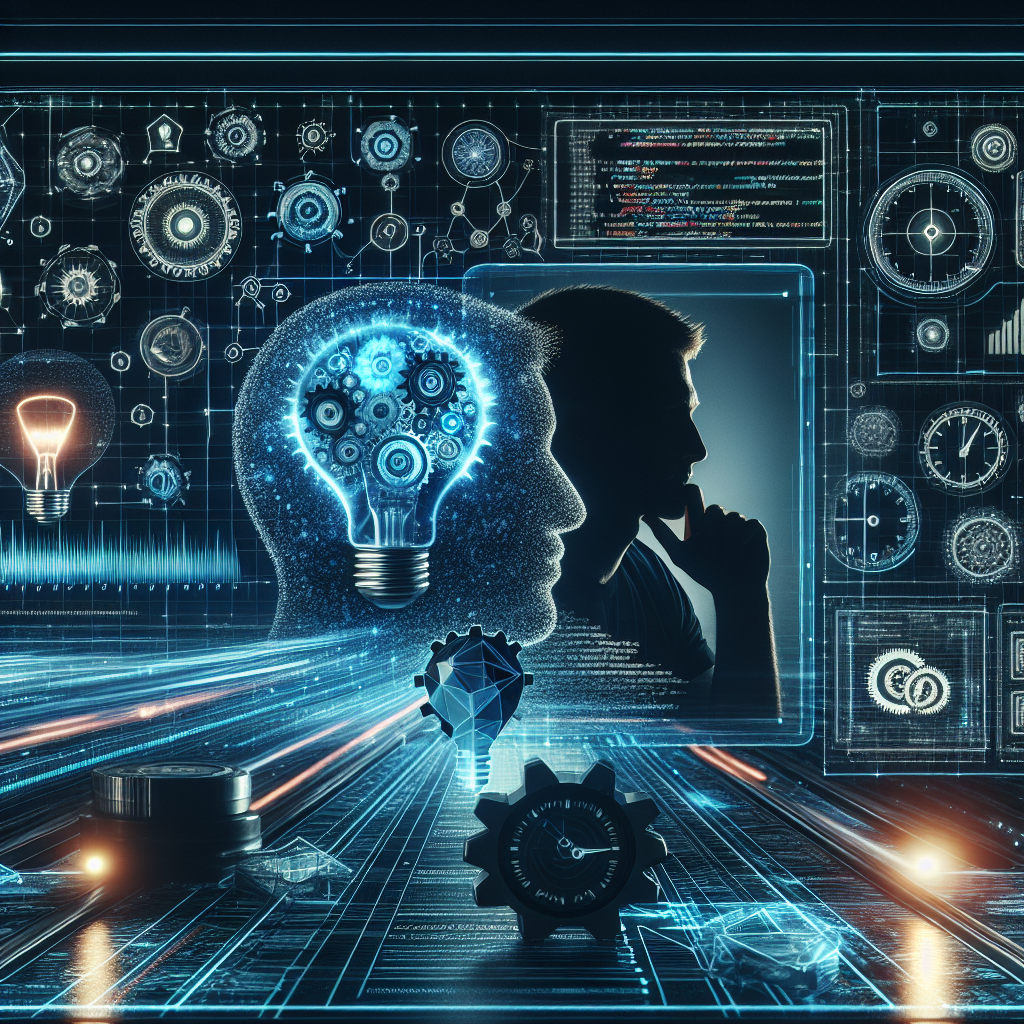
The Role of High-Performance Computing in Driving Innovation and Competitiveness
High-performance computing (HPC) has become an essential tool in driving innovation and competitiveness in today’s rapidly evolving technological landscape. With the ability to process large amounts of data at incredibly high speeds, HPC enables researchers, scientists, and businesses to tackle complex problems and develop cutting-edge solutions that were previously unattainable.One of the key roles of HPC in driving innovation is in the field of scientific research. From simulating complex physical phenomena to analyzing massive datasets, HPC allows researchers to explore new frontiers in fields such as physics, chemistry, biology, and climate science. By leveraging the power of HPC, researchers can accelerate the pace of discovery and gain new insights that have the potential to revolutionize our understanding of the world around us.
In addition to scientific research, HPC plays a crucial role in driving innovation in industries such as aerospace, automotive, finance, and healthcare. For example, in the aerospace industry, HPC is used to design and optimize aircraft structures, predict aerodynamic performance, and simulate fluid dynamics. In the automotive industry, HPC is used to improve the efficiency and safety of vehicles, reduce emissions, and develop autonomous driving technologies.
Furthermore, in the finance industry, HPC is used to analyze market data, model complex financial instruments, and optimize trading strategies. In the healthcare industry, HPC is used to analyze medical imaging data, simulate drug interactions, and personalize treatment plans for patients. By harnessing the power of HPC, businesses in these industries can gain a competitive edge by developing innovative products and services that meet the evolving needs of their customers.
The role of HPC in driving innovation and competitiveness is further underscored by its ability to enable collaboration and knowledge sharing among researchers, scientists, and businesses. HPC systems can be shared across organizations and even across countries, allowing researchers to access a vast pool of computational resources and expertise. This collaborative approach not only accelerates the pace of innovation but also fosters a culture of open innovation that can lead to breakthrough discoveries and advancements.
In conclusion, high-performance computing plays a critical role in driving innovation and competitiveness in today’s fast-paced and competitive global economy. By enabling researchers, scientists, and businesses to process large amounts of data at high speeds, HPC empowers them to tackle complex problems, develop cutting-edge solutions, and gain a competitive edge in their respective industries. As technology continues to advance, the role of HPC in driving innovation and competitiveness will only continue to grow, paving the way for a more innovative and prosperous future.
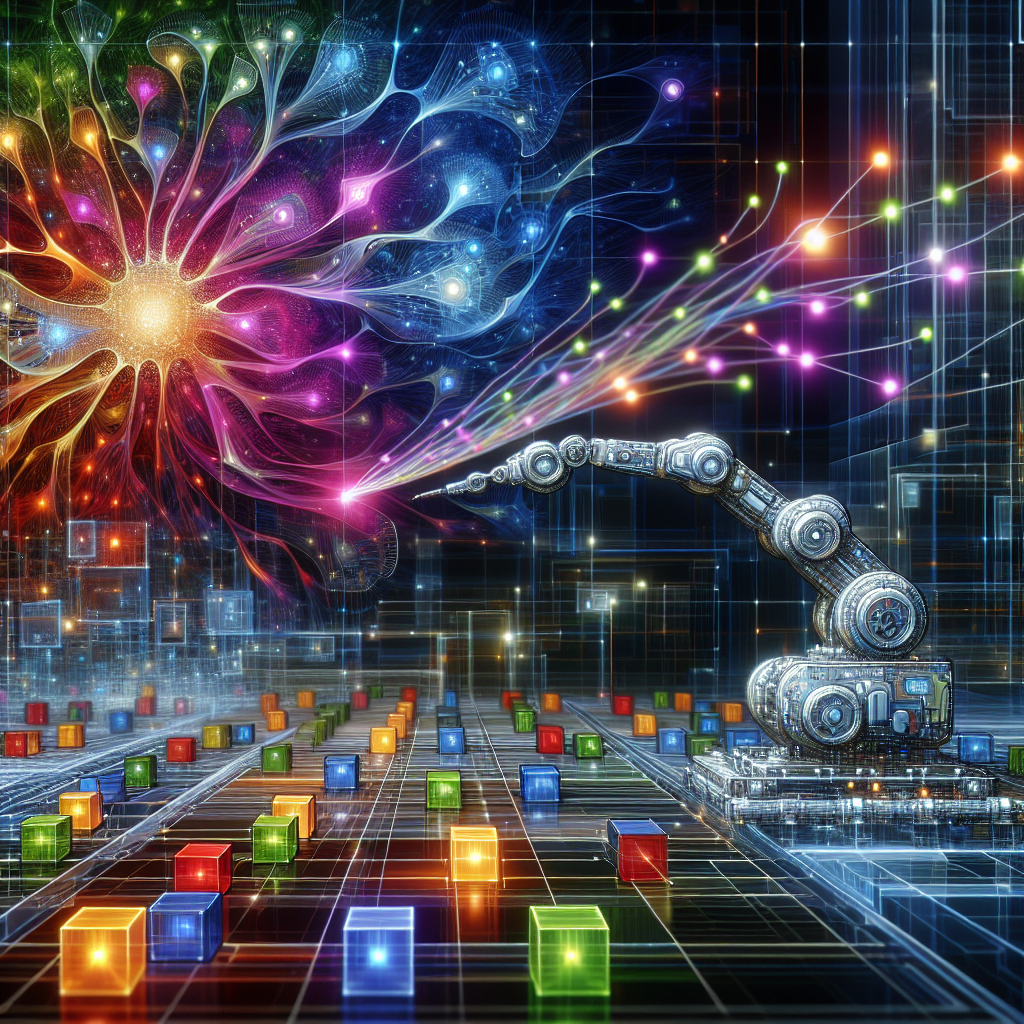
The Intersection of Machine Learning and Robotics: Advancements in Automation
Machine learning and robotics have long been intertwined, with advancements in one field often driving progress in the other. As technology continues to evolve, the intersection of these two disciplines is playing a crucial role in the development of automation systems that are revolutionizing industries across the board.One of the key areas where machine learning and robotics are converging is in the field of autonomous vehicles. Companies like Tesla, Google, and Uber are leveraging machine learning algorithms to train their self-driving cars to navigate complex road conditions and make split-second decisions in real-time. These autonomous vehicles are not only safer than human drivers, but they also have the potential to revolutionize transportation by reducing traffic congestion and emissions.
In manufacturing, robots are becoming increasingly intelligent and capable of performing a wide range of tasks with minimal human intervention. Machine learning algorithms are being used to optimize production processes, improve quality control, and predict equipment failures before they occur. This has led to increased efficiency, reduced downtime, and lower costs for manufacturers who are embracing automation.
Another area where machine learning and robotics are making a significant impact is in healthcare. Robots are being used to assist surgeons during complex procedures, deliver medication to patients, and even provide companionship to elderly individuals. Machine learning algorithms are being applied to analyze medical imaging data, predict disease outcomes, and personalize treatment plans for patients based on their individual genetic makeup.
In agriculture, robots are being used to automate tasks such as planting, watering, and harvesting crops. Machine learning algorithms are being applied to analyze soil conditions, monitor crop health, and optimize irrigation schedules to maximize yields. This has the potential to revolutionize food production and help address global challenges such as food insecurity and climate change.
Overall, the intersection of machine learning and robotics is driving advancements in automation that are transforming industries and improving the quality of life for people around the world. As technology continues to evolve, we can expect to see even more innovative applications of these technologies in the years to come. From self-driving cars to robotic surgery, the future of automation is bright and full of possibilities.
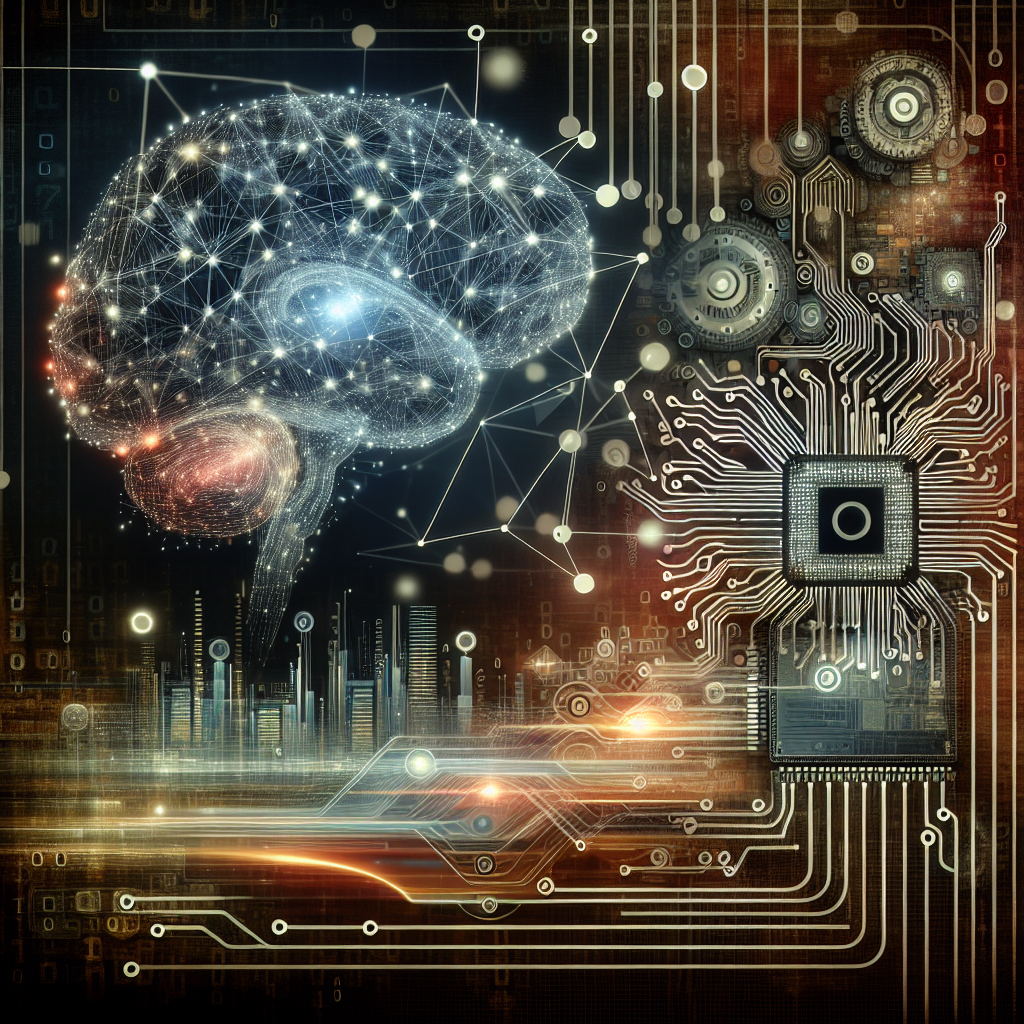
How Deep Learning is Shaping the Future of Artificial Intelligence
Artificial intelligence (AI) has come a long way since its inception, and one of the most exciting developments in recent years is the rise of deep learning. Deep learning is a subset of machine learning that uses artificial neural networks to model and understand complex patterns in data. This technology has the potential to revolutionize the way we use AI in various industries, from healthcare to finance to transportation.One of the key advantages of deep learning is its ability to automatically learn and adapt to new data without being explicitly programmed. This makes it an incredibly powerful tool for processing and analyzing large amounts of information, such as images, text, and speech. For example, deep learning algorithms have been used to develop self-driving cars, natural language processing systems, and medical diagnosis tools.
In the field of healthcare, deep learning is being used to improve the accuracy of disease diagnosis and predict patient outcomes. By analyzing medical images and patient data, deep learning algorithms can identify patterns and trends that can help doctors make more informed decisions about treatment options. This could lead to earlier detection of diseases, more personalized treatment plans, and ultimately, better patient outcomes.
In the financial sector, deep learning is being used to detect fraudulent activities and make more accurate predictions about market trends. By analyzing vast amounts of financial data, deep learning algorithms can identify anomalies and patterns that might indicate fraudulent behavior. This can help banks and other financial institutions protect themselves and their customers from cyberattacks and other threats.
In the field of transportation, deep learning is being used to develop autonomous vehicles that can navigate roads and make decisions in real-time. By processing data from sensors, cameras, and other sources, deep learning algorithms can identify objects, predict their movements, and take appropriate actions to ensure safe and efficient travel. This could revolutionize the way we commute, reducing traffic congestion, accidents, and pollution.
Overall, deep learning is shaping the future of artificial intelligence by enabling machines to learn and adapt to new information in ways that were previously thought to be impossible. As this technology continues to evolve and improve, we can expect to see even more exciting innovations in various industries that will improve our lives and make the world a better place.
